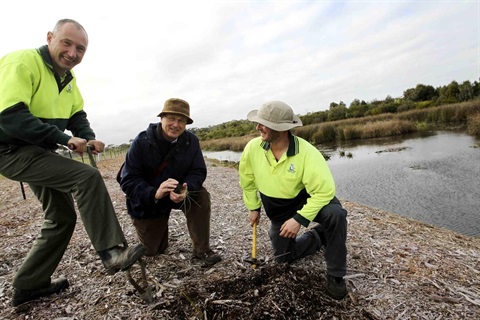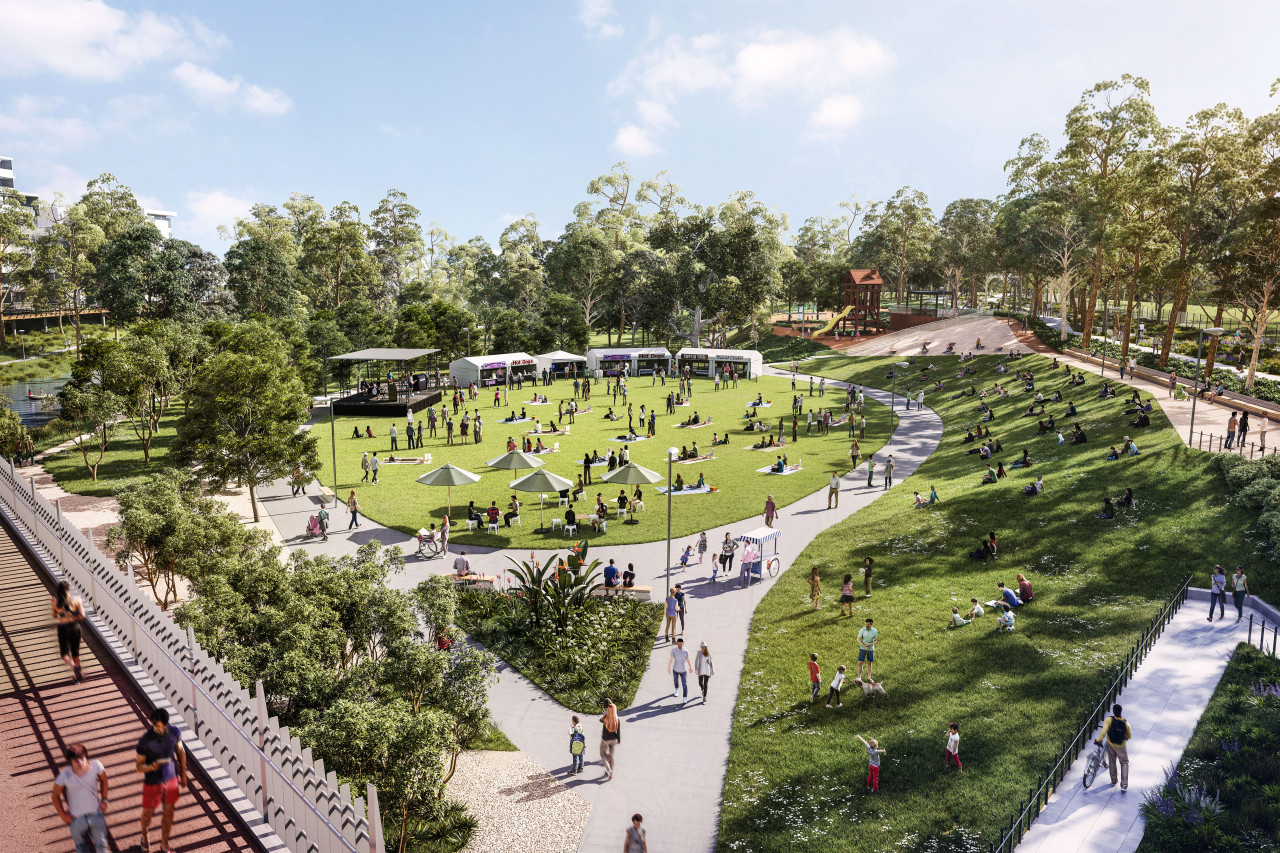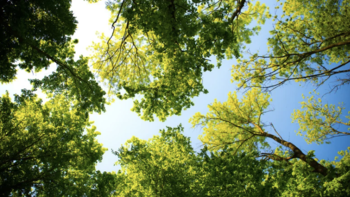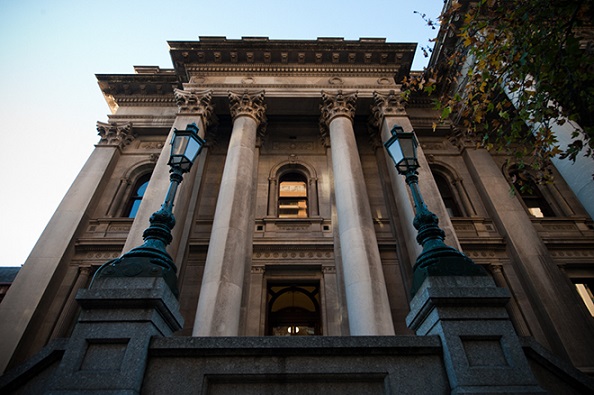
Hobsons Bay will enjoy improved air quality, reduced ground temperature, enhanced liveability and more shade on buildings and open spaces through the delivery of an ambitious plan.
The recently adopted Urban Forest Strategy sets the path to increase the city’s tree canopy to 30 per cent by 2040 which will start with the planting of more than 50,000 trees in the next five years, contributing to the health and wellbeing of our community.
The Urban Forest Strategy and Action Plan, which was a key focus of Cr Colleen Gates’ Mayoral Program, was adopted at the Ordinary Council Meeting on Tuesday 8 September following a popular six-week consultation period during June and July.
The ‘urban forest’ refers to all trees, of all varieties (including exotics, natives, deciduous and evergreens of varying sizes) located on both public and private land. This would include avenues of trees, individual trees, street trees and tree groves across Hobsons Bay.
Currently, Council manages over 76,000 street and park trees with a current canopy cover of about 7.5 per cent. The target of 30 per cent canopy cover in the next 20 years will be achieved by increasing the tree canopy across public parks, streets and private residential zones to 40 per cent and industrial zones to 20 per cent.
Delivering on the strategy’s action plan will develop a healthy and resilient urban forest and increase the understanding of the attributes, roles and benefits of an urban tree canopy.
The strategy prioritises local streets and parks in Hobsons Bay suburbs with a high Heat Vulnerability Index (HVI) including the West Gate Tunnel corridor and the suburbs of Brooklyn, Altona North, Altona Meadows, Seabrook and Laverton, as identified by Planning Victoria.
The strategy also aims to diversify Council trees. Currently in Hobsons Bay, 50 per cent of the street and park trees are from the Myrtaceae family, which can leave the overall tree population at risk of mass decline if a pest or disease is introduced. Future tree planting will incorporate a wider range of different species known and loved by our community, and with generous canopies to help combat urban heat.







